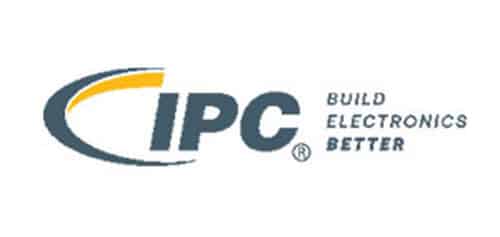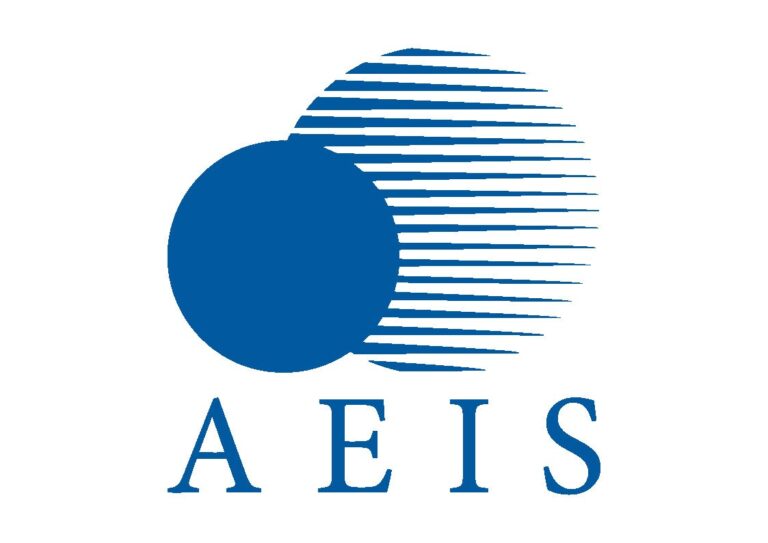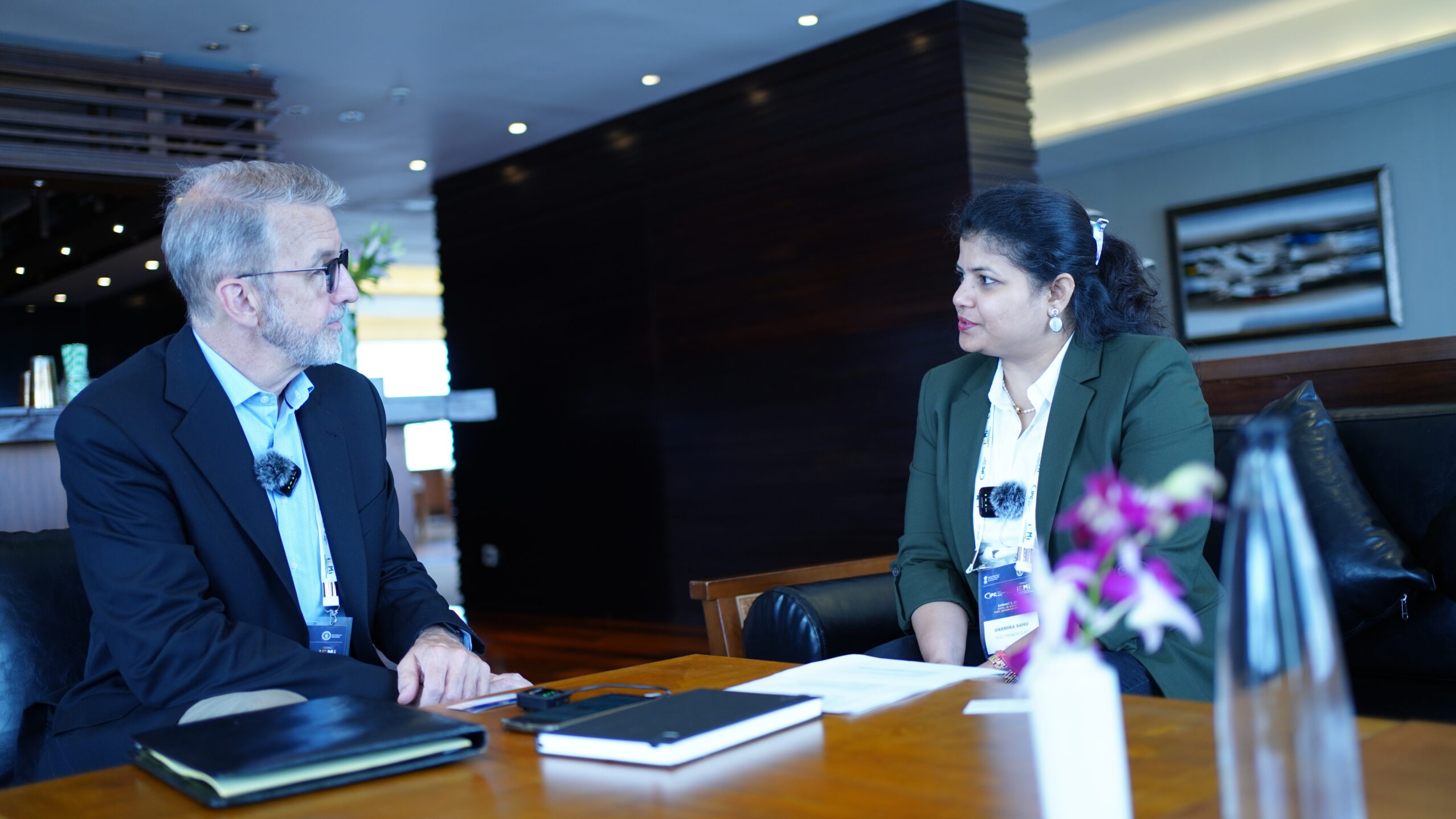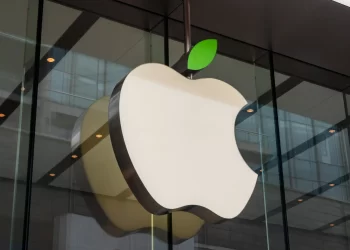By Anamika Sahu, Editor-in-Chief
An exclusive interview with Christopher Peters, Founding Executive Director of USPAE, with Electronics Clap
During the IPC IEMI 2023 event, Electronics Clap interviewed Christopher Peters, to understand the increasing collaboration between India and the US in the fields of semiconductor and defense industries. Christopher shared his enthusiasm about the tremendous opportunities that lie ahead for both the US and India through their defense collaboration. He emphasized that USPAE, along with IPC India, is committed to supporting India’s semiconductor and defense industries and fostering mutually beneficial partnerships.
Can you please provide an overview of the role and mission of the U.S. Partnership for Assured Electronics (USPAE), and what drives the organization?
As the Founding Executive Director of USPAE, I can share that our organization is a nonprofit subsidiary of the IPC (Institute for Printed Circuits). Our primary mission is to facilitate collaboration between government and industry, with a special focus on the Department of Defense, in ways that have not been explored before. The driving force behind our work is the desire to make a positive difference and contribute to the success of both industry and government.
How does USPAE align its vision with India’s current semiconductor and electronics industry market? How are you facilitating a more conducive ecosystem?
The recent changes in the US-India defense relationship, as highlighted by the roadmap signed by both countries’ defense ministries, present significant opportunities for collaboration between USPAE and IPC India. We are actively exploring avenues to bring together government and industry representatives from the US and India through various events, fostering a platform for initiating discussions on improved collaboration.
What specific benefits does India stand to gain by becoming a member of USPAE?
At present, Indian companies are not eligible for USPAE membership as they must be organized in the US or be one of the 27 countries designated as allies by the Department of Defense. However, we are hopeful that the new US-India defense collaboration will lead to India’s inclusion in this list, thereby enabling Indian companies to become USPAE members. This would unlock greater collaboration opportunities, bolster the growth of the defense industry, and provide the government with access to a broader base of companies.
How do you envision the integration of AI transforming the industry and its impact on the defense sector?
I acknowledge that AI’s impact on the electronics industry is significant but not yet precisely defined. Nevertheless, AI will likely drive electronics demand and play a pivotal role in intelligent decision-making regarding sourcing and supply chain management. By leveraging AI, we can enhance the sophistication of supply chain design, making it more resilient, responsive, and innovative.
What key challenges do you foresee in implementing AI, especially in the defense sector, and how can the industry work towards mitigating security risks?
While I may not be an AI expert, I recognize that AI implementation in the defense sector may encounter security risks. To address these challenges, effective collaboration between industry and government is imperative. Emphasis should be placed on developing robust cybersecurity measures and best practices to safeguard against potential threats.
How do you predict India’s growth in the semiconductor and defense sectors in the future, both individually and combined?
As the US-India collaboration is still in its nascent stages, I refrain from making specific predictions regarding India’s growth in these sectors. However, I remain optimistic about the potential for India and the US to work harmoniously, leveraging their respective strengths to foster growth in both the semiconductor and defense industries.
What immediate obstacles do you believe require attention in the pursuit of US-India collaboration in the electronics and defense sectors?
Based on my observations, several immediate obstacles include bureaucratic hurdles in government processes and a predominant focus on shareholder value that may hinder collaboration among US companies. However, I am encouraged by the growing collaborative spirit among companies, and I firmly believe that with determination and innovative approaches, these obstacles can be effectively addressed.
As a final point, what two suggestions would you offer to India’s semiconductor and defense industries and the government to enhance collaboration and foster growth?
To enhance collaboration and foster growth, my first suggestion would be to share the valuable lessons learned from the successful initiatives undertaken by USPAE with Indian companies and the government. However, it is essential to adapt these lessons to align with India’s unique context and culture for optimal results. Additionally, I encourage both the US and India to explore new business models and innovative approaches to collaboration, maximizing the potential of this strategic partnership.










